
 |
The European Union has ruled that from January 1, 2024, its Emissions Trading System (ETS) will be extended to include maritime industries, and once the Maritime Operator Holding Accounts are in place in early January 2024, registered shipping companies will officially be able to buy and trade the necessary allowances (EUA) on the European Energy Exchange (EEX). But when should they buy? They are not required to surrender their purchased EUAs until September 30, 2025. This makes it very difficult to know how soon they will enter the market and how much their entry will change prices. Reports vary over how many allowances will be added when the maritime industry joins, but it is expected that around 79 million extra EUAs will be made available.[1] Company strategies are likely to vary considerably.
The accounts will be set up with the Union Registry and operate in the same way as accounts in other industries. Companies will be able to buy allowances to offset their emissions in the primary market on the EEX platform through auctions, or in the secondary, continuous spot and derivatives market. The latter is expected to be carried out by brokers, although in theory shipping companies can also trade. The Union Registry will record all transactions and charge no fee, but member states have already set their price for having different types of account in the registry.[2] Sweden, for example, will not charge anything for a standard account, but the cost of a trading account is 2000 krona.
The EU regulates the market and keeps a market stability reserve (MSR) to stabilise prices. Anything over the current threshold of 833 million and the EU will withdraw allowances, whilst in a shortage allowances can be released from the MSR. In 2022, there were roughly 1.4 billion EUAs in circulation. This will be reduced 4.3% annually, and this deduction is the cornerstone of how the system aims to reduce emissions.
Who will bear the burden of the cost? In line with the EU’s intention that the “polluter pays”, the shipping company is responsible for being registered with the correct administering authority (member state) and surrendering the required allowances for the previous year’s emissions. Most carriers have already set up surcharges that will be built into the price, but in the case of charters, the verifiable data that will be submitted at the time of reckoning (the first of which in March 2025) will need to come from both ship owner and charterer.
Penalties for failure to comply will be severe. There will be a financial penalty of 100 euros for every ton of CO2 that is not accounted for plus the outstanding amount that was originally due for the allowances. The EU will publish the names of non-compliant companies, and failure to comply over two years will put the entire company’s fleet on a blacklist.
The main issue is that emissions are unlikely to be known in advance of the use of the ship. Tech companies are clamouring to offer sophisticated tools that can calculate them ahead of time. SSY, for example, is offering a carbon calculator; Veson Nautical has an Emission Expense Settlement Workflow; and Maritime Carbon Solutions has an Emissions Estimator. But fluctuations in the cost of allowances are determined by broader factors, and staying ahead of the market will be complicated. It seems likely that for voyage charters, for example, where the emissions will be difficult to predict, the emission costs will be determined at the end of the trip. If owners take charge of operations through their technical managers, they will look to be reimbursed for the necessary EUAs; but in theory, charterers could have a stock of EUAs themselves. What is clear is that there will be differences across the board of charter and freight contracts because EUAs can be hedged and traded by anyone, and lawyers will be looking very carefully for possible loopholes. Industry expert Lars Jensen expects a “confusing “jungle” across carriers where nothing is aligned”.[3]
To navigate through these choppy waters, BIMCO recently announced a new ETS-specific clause that has been published on its website and will be included in the revised version of its ship management agreement, SHIPMAN 2009, due to be released in the first half of 2024.[4] The clause splits responsibility for emissions between two groups: owners and managers. Ultimately, responsibility for the emissions comes down to the ship owners, who will be registered with the administering authority and will face consequences for non-compliance. In this regard, managers have a responsibility to the owners to submit any information about the use of the vessel and will be liable for this information. The data will need to be submitted in a timely manner to ensure that owners comply with the scheme. Three other clauses about ETS have been developed by BIMCO for voyage charter parties.
Owners can also ask managers to manage the scheme on their behalf. This will be an added service that the manager can provide. In this case, they will be responsible for managing the data as well as arranging any payments of allowances to the administering authority on behalf of the owner for a fee to be decided between the parties. To do this, it is likely that the managers will need the logins and passwords of the owners. The mandate for the transferral of ownership of liability will need to be written in a way that is recognised by the EU verifiers, otherwise it will fall back on the owner. The fact that the owner’s responsibility will be fleetwide should be considered when a company employs a number of different managers and transfers emission responsibilities.
The timescale for the submission of information or the transferral of EUAs will be essential to avoid credit exposure. In a recent ITIC seminar held on December 13,[5] Robert Hodge, who helped draft the BIMCO clauses, said that managers need to be very careful when accepting responsibility. One ship owner calculated that they would need 4 million emission allowances a year, which is equivalent to more than 300,000 a month. If a manager agrees on a 30-day period for the transferral of the allowances and a EUA costs roughly 70 Euros, they could be exposed for 21 million euros.
When asked, Hodge said that he was not sure whether shipping companies will use trading accounts or not, but given that anyone with a European office can have one, the amount of trading of EUAs to satisfy emission responsibilities will be key. Owners could try and hedge their potential exposure in a similar way to Freight Forward Agreements (FFAs).

|
Glencore to acquire majority stake in Dutch marine fuel supplier FincoEnergies
Transaction expected to complete in Q2 2026, subject to EU anti-trust approval. |
|
|
|
||
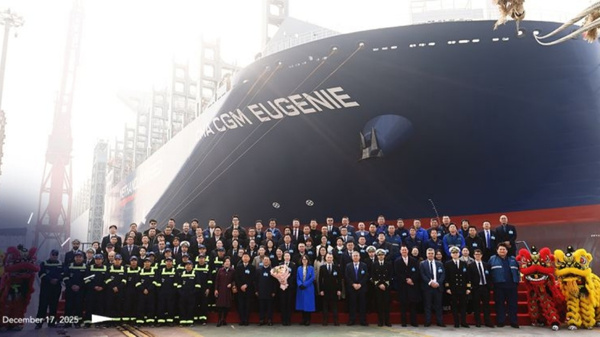
|
CMA CGM names 15,000-teu methanol-fuelled containership CMA CGM Eugenie
Vessel to operate on Phoenician Express service linking Asia, Middle East, and Mediterranean. |
|
|
|
||
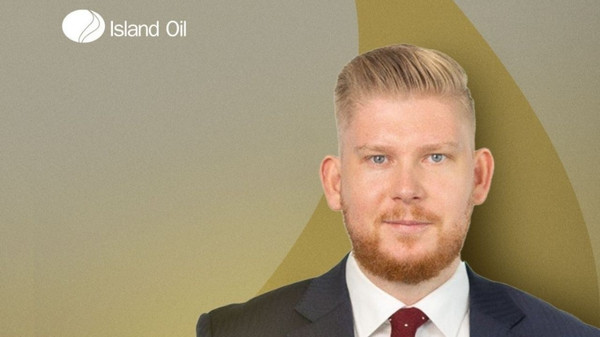
|
Island Oil appoints Christian Larsen as senior trader in Denmark expansion
Marine fuel supplier establishes operations in Denmark as part of expansion strategy. |
|
|
|
||
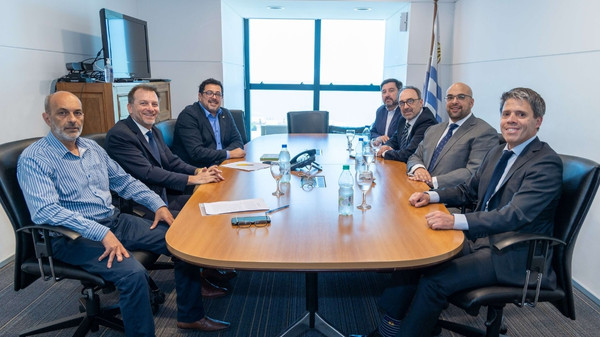
|
HIF Global signs Uruguay agreement to advance US$5.3bn e-fuels facility in Paysandú
Memorandum sets roadmap for final investment decision on plant targeting 880,000 tonnes annual production. |
|
|
|
||
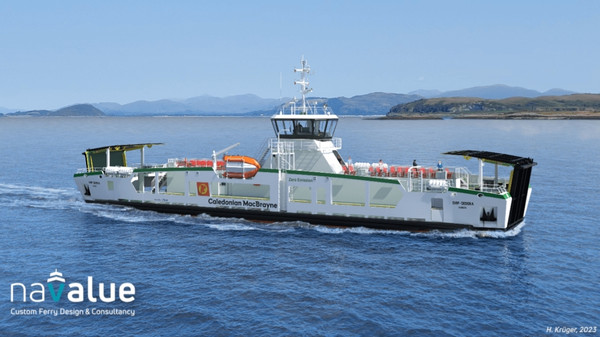
|
Corvus Energy wins largest-ever contract for seven electric Scottish ferries
Battery systems supplier secures record order from Remontowa Shipbuilding for CMAL's Small Vessel Replacement Program. |
|
|
|
||
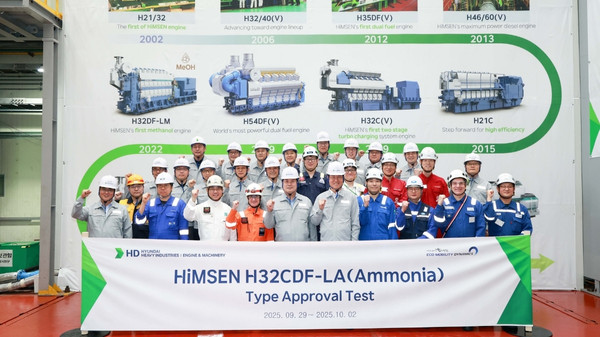
|
HHI-EMD secures type approval for 5.4MW ammonia engine
Lloyd's Register approves H32CDF-LA dual-fuel engine following three-day testing programme in Korea. |
|
|
|
||
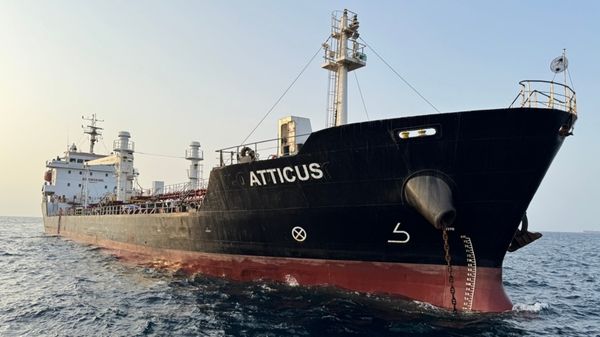
|
Global Fuel Supply acquires first bunker tanker
Company transitions from chartering vessels to ship ownership with asset to be renamed MV Blue Alliance. |
|
|
|
||
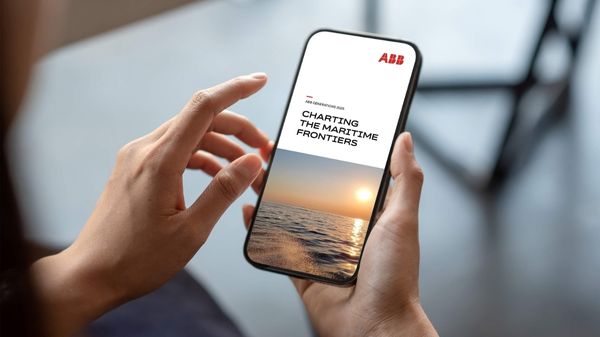
|
ABB publishes 2025 maritime insights on decarbonisation and digitalization
Technology firm compiles annual articles exploring energy efficiency, automation, and alternative fuels for the shipping industry. |
|
|
|
||
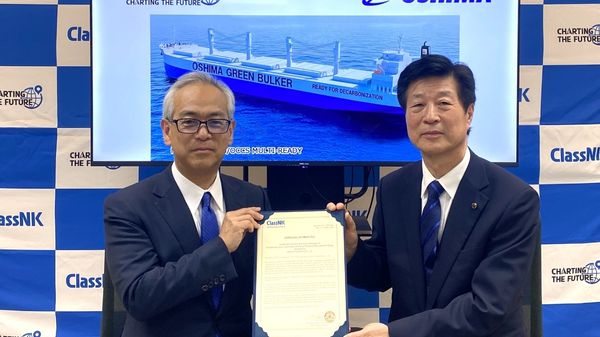
|
ClassNK grants approval for multi-fuel ready bulk carrier design by Oshima Shipbuilding
Vessel design accommodates future conversion to ammonia, methanol, or LNG with carbon capture capability. |
|
|
|
||

|
Four countries propose Arctic fuel measure to cut black carbon from shipping
Proposal to IMO's PPR 13 meeting aims to establish fuel regulations under MARPOL Annex VI. |
|
|
|
||
| How the EU ETS impacts non-EU nations and shippers [News & Insights] |
| Four cornerstones for a regulatory environment for sustainable fuels [News & Insights] |
| Formula for change: UECC solution for EU ETS gives clients clarity on emission costs | UECC [News & Insights] |